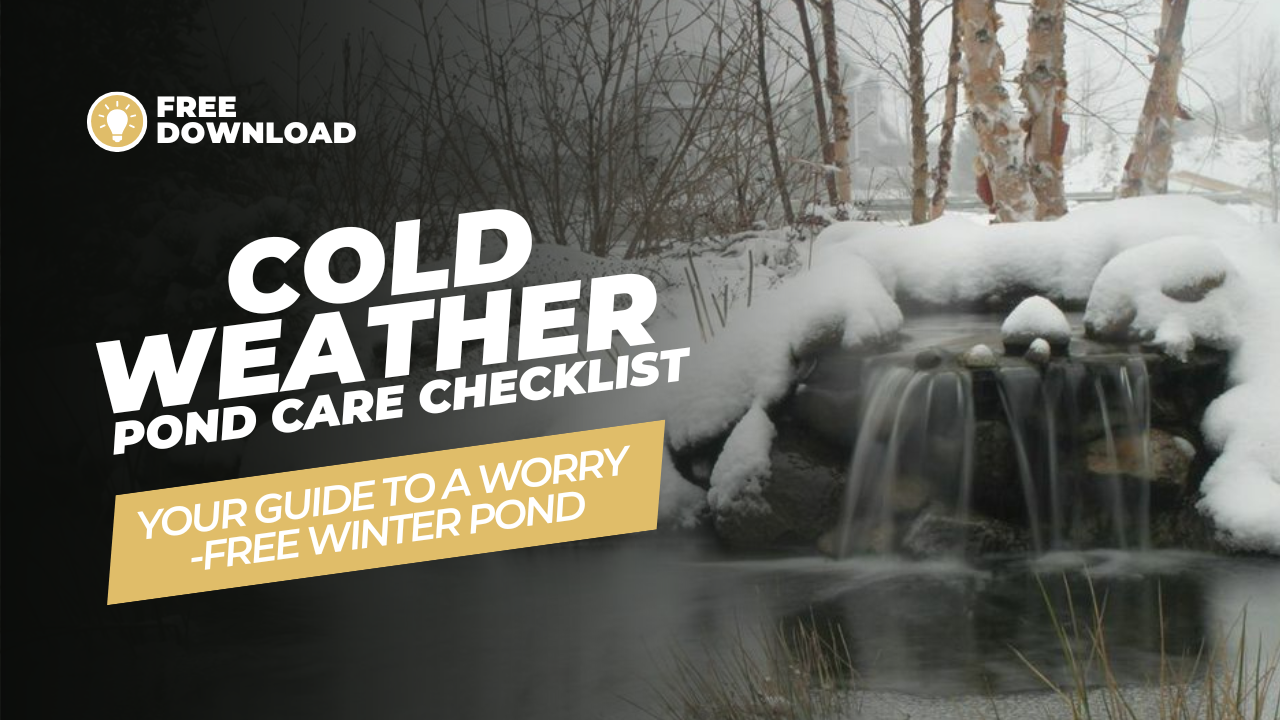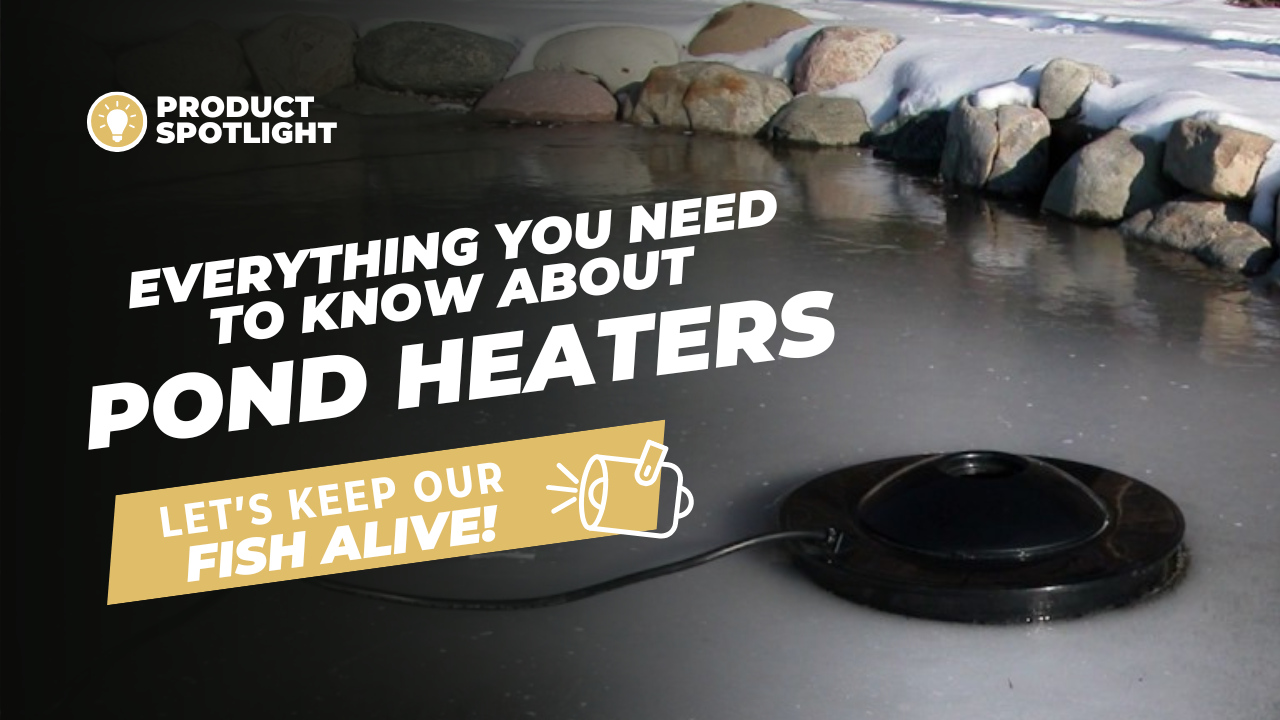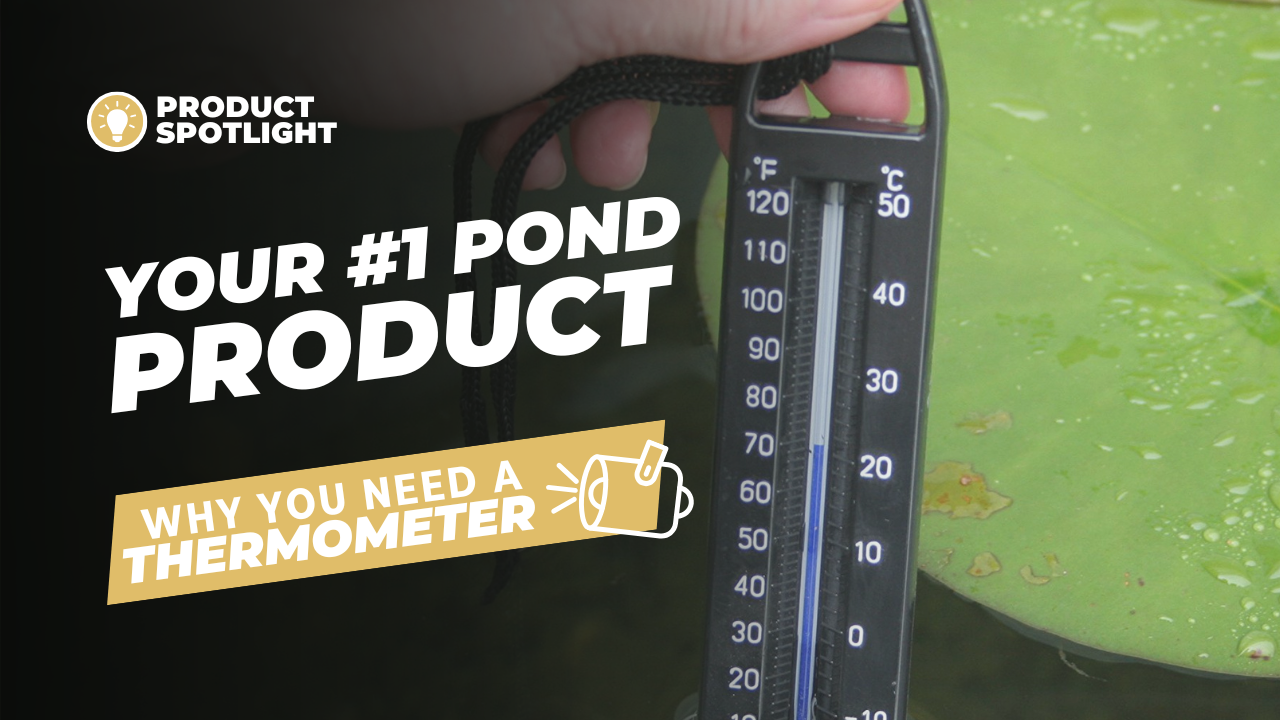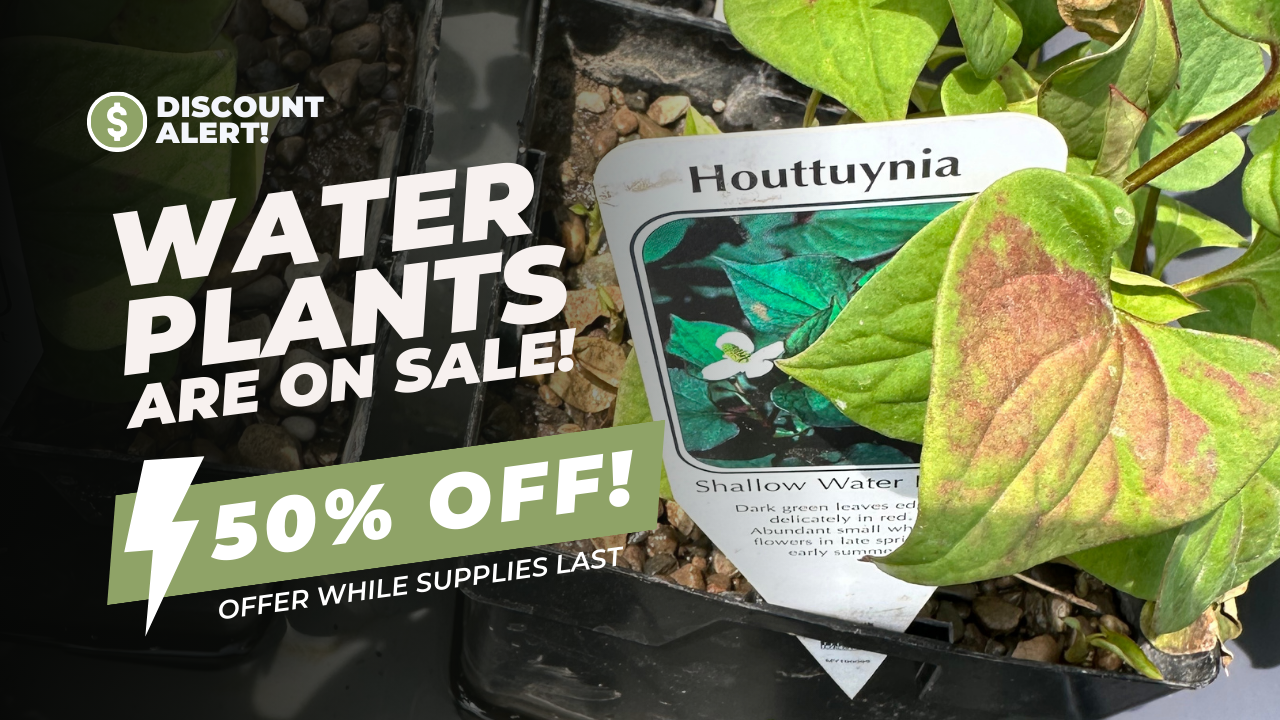Are You Making This Common Mistake When Adding Fish to Your Pond?
If you’re thinking about adding new fish to your pond, there’s one simple step that could save your fish from unnecessary stress and even illness: checking your pond’s water temperature. Most pond owners don’t realize that temperature plays a huge role in whether your fish will thrive or struggle in their new environment.
To avoid this common mistake, it’s important to know the safe temperature range for introducing fish—and how to adjust your approach if you’re outside the sweet spot.
The Safe Temperature Range for Adding Fish
Fish can be safely introduced into your pond within a specific temperature range, but you’ll need to follow the right steps. The ideal range for introducing new fish is 65°F to 75°F, but it's possible to safely add fish outside this range—as long as you take extra precautions.
- Absolute Minimum: 50°F
- Absolute Maximum: 85°F
- Ideal Range: 65°F to 75°F
Common Mistakes Based on Pond Temperature
When adding new fish, certain mistakes can put their health at risk, especially if you're working at the edges of the safe temperature range. Here’s how to avoid those mistakes, broken down by temperature range.
When Adding Fish—No Matter the Temperature
Whether you're adding new fish in cooler or warmer weather, following the right steps is essential to ensure they adjust smoothly and stay healthy. Even when the pond temperature falls within the safe range of 50°F to 85°F, there are a few common mistakes that pond owners should avoid:
When Adding Fish in Cooler Temperatures (50°F to 65°F)
If you're introducing fish in cooler temperatures, you need to be mindful of how their metabolism slows down and how temperature affects their ability to adjust.
When Adding Fish in Warmer Temperatures (75°F to 85°F)
In warmer water, fish face different challenges, such as lower oxygen levels and the risk of heat stress. Here’s how to avoid mistakes when introducing fish in these temperatures.
What Happens After the Fish Are in the Pond?
Successfully introducing new fish is only the first step. Once they’re in the pond, it’s crucial to monitor their behavior, water quality, and how well they’re adjusting to their new environment. Different temperature ranges also require specific care techniques to ensure your fish stay healthy long-term. To help your fish thrive, be sure to:
- Watch for signs of stress or illness, such as erratic swimming or gasping at the surface.
- Maintain regular testing of water quality, including ammonia, nitrate, and pH levels.
- Adjust feeding practices as the seasons and temperatures change.
After successfully introducing fish, the job isn’t over. Different temperature ranges require specific care techniques to ensure your fish stay healthy. For more information on caring for fish in cooler or warmer water, check out our next posts (coming soon!):
- Caring for Fish in Cooler Temperatures (Below 65°F)
- Caring for Fish in Warmer Temperatures (Above 75°F)
Final Thoughts
Introducing new fish to your pond is exciting, but it’s important to take temperature into consideration to ensure a smooth transition. By following the correct acclimation process and avoiding common mistakes, you’ll give your fish the best chance to thrive—whether the water is in the sweet spot of 65°F to 75°F, or at the edges of the safe range.
Additionally, if you’re looking for an in-depth, step-by-step guide on how to properly introduce new fish to your pond—from the moment they’re packaged at the store to safely getting them acclimated in your pond—head over to our detailed guide (coming soon!):
- Step-by-Step Guide to Adding New Fish to Your Pond
This comprehensive guide walks you through every detail, ensuring your fish thrive from day one.










Share On: